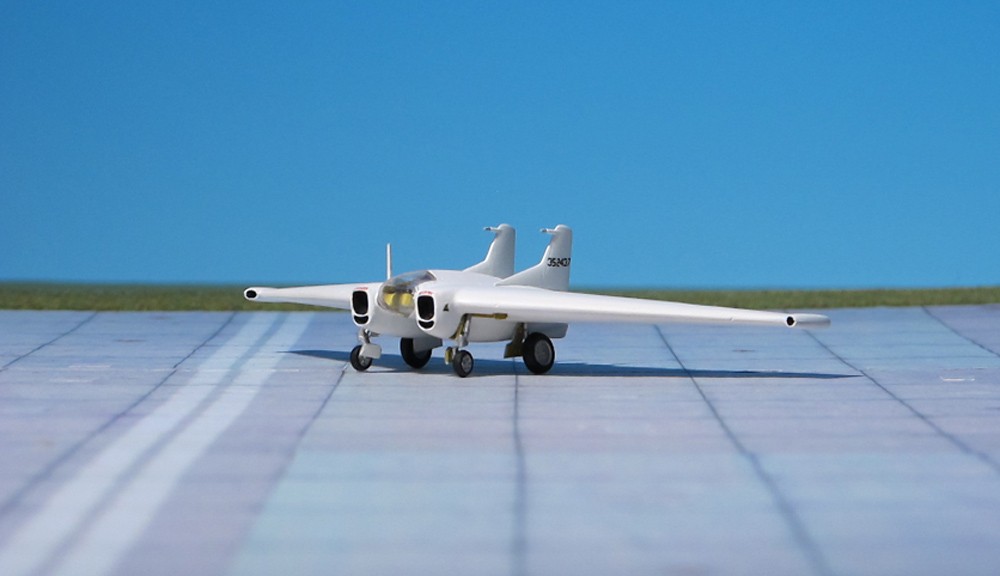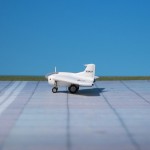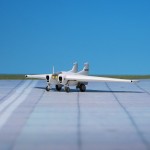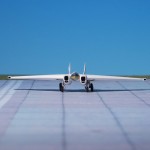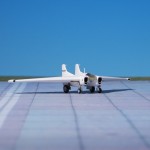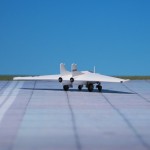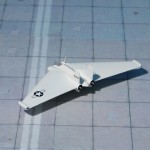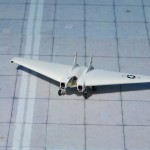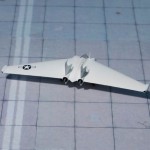TYPE: Interceptor fighter
ACCOMMODATION: Pilot only, in prone position
POWER PLANT: 2 x Westinghouse 19B (J30) jet engines, rated at 650 kp each
PERFORMANCE: 547 mph
COMMENTS: In 1942 John K. Northrop conceived the XP-79 as a high-speed rocket-powered flying-wing fighter aircraft. In January 1943, a contract for two prototypes with designation XP-79 was issued by the United States Army Air Forces. To test the radical design, glider prototypes were built, designated MX-324. Originally, it was planned to use a Aerojet XCALR-2000A-1 liquid-fueled rocket motor rated at 920 kp thrust supplied by monoethylanilin and red fuming nitric acid. Because of the corrosive and toxic nature of the liquids, the XP-79 was built using a welded magnesium alloy monocoque structure to protect the pilot if the aircraft was damaged in combat with a 3 mm skin thickness at the trailing edge and a 19 mm thickness at the leading edge. However, the rocket motor configuration using canted rockets to drive the turbopumps was unsatisfactory and the aircraft was subsequently fitted with two Westinghouse 19-B (J-30) turbojets instead. This led to changing the designation to XP-79B. The nickname “Flying Ram” is attributed to the unusual fighting tactic. It was planned to fly with high speed direct towards the enemy and to hit it with wingtips or fuselage. Due to its extreme stability the fighter and its pilot should survive. The XP-79B was lost during its first flight on 12 September 1945. Shortly thereafter, the second and the overall project was cancelled (Ref.: 23).
